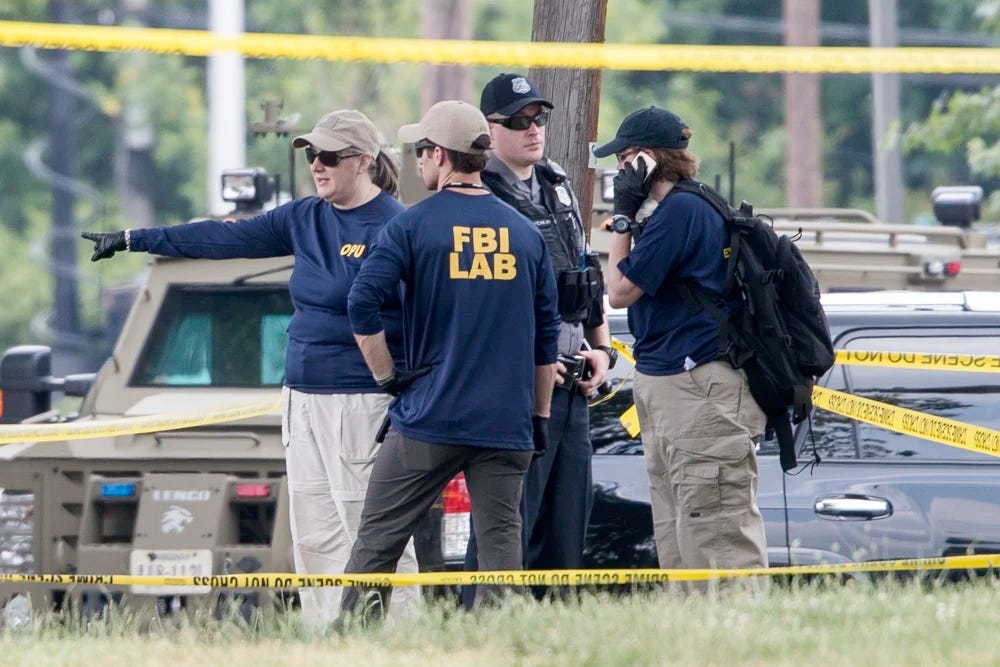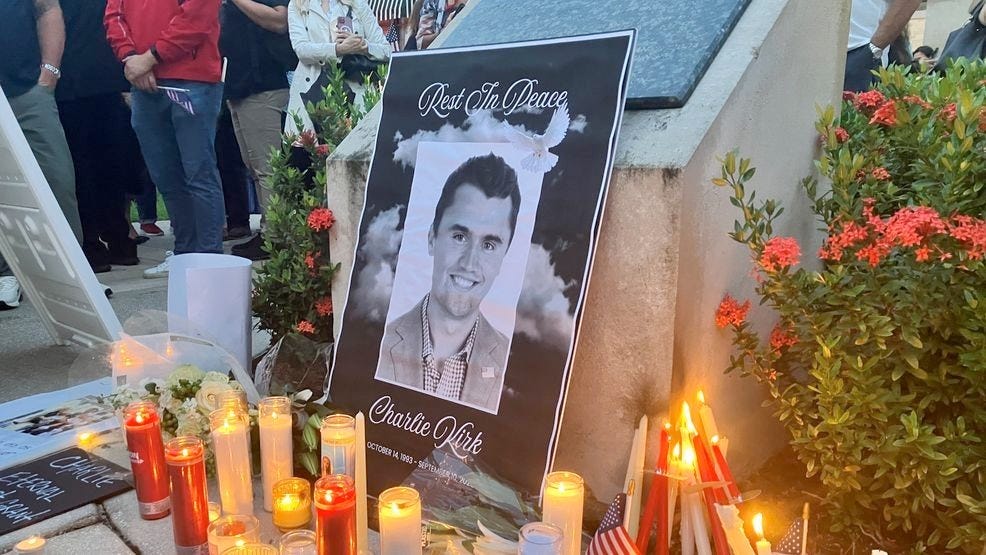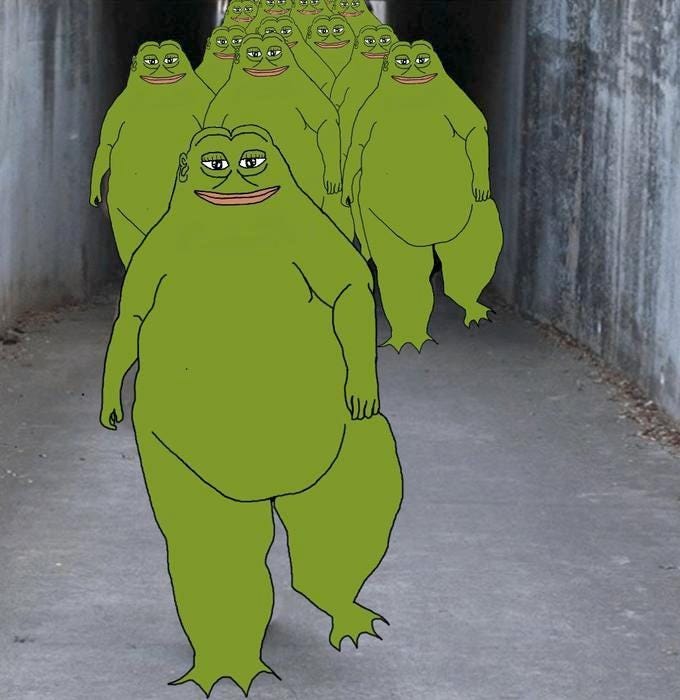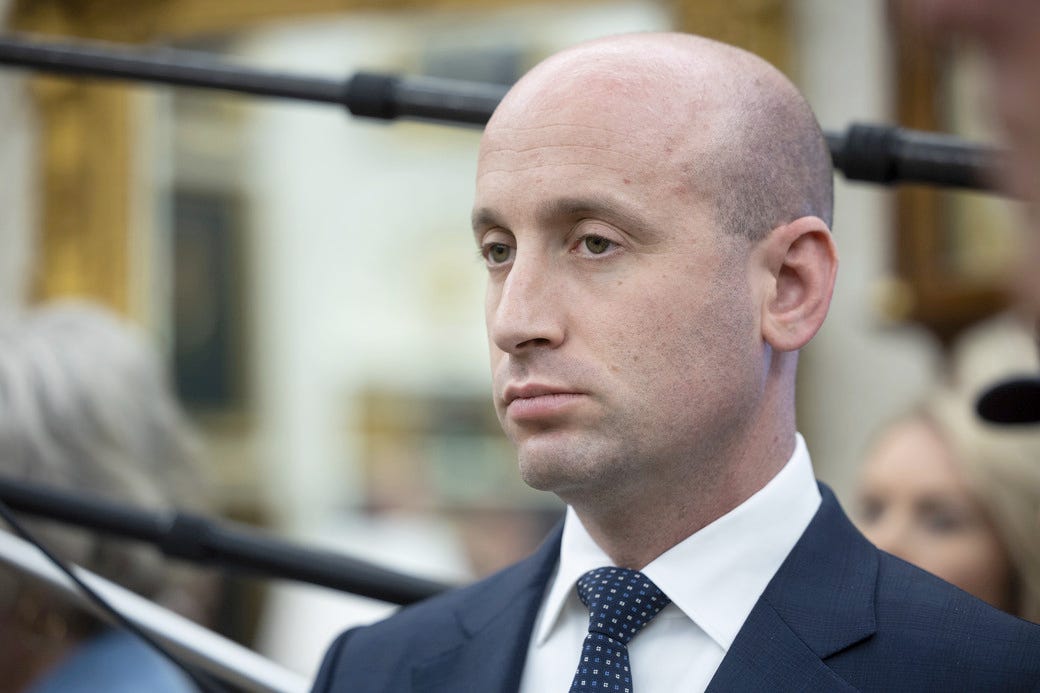Each Side Saw What They Wanted in Charlie Kirk's Killing
In the immediate aftermath of Charlie Kirk's assassination at Utah Valley University — before investigators had identified a suspect or released any evidence — the finger-pointing commenced with algorithmic precision. Social media exploded with competing theories, each side certain they knew who was responsible and why.
"The Left is the party of murder," Elon Musk posted on X before Kirk's death was even confirmed. President Trump blamed "radical left political violence" in a video from the Oval Office. Progressive Harvard Law professor Laurence Tribe came to the opposite conclusion based on the family’s Republican political background. He wrote on X: “Kirk’s assassin appears to have been ultra MAGA.”
When 22-year-old Tyler Robinson was arrested days later, an ambiguous picture began to emerge. Robinson's bullet casings were inscribed with cryptic messages. One was a reference to a videogames code for dropping a huge bomb. Another came from an obscure internet meme (“Notices Bulges OwO What’s This?” refers to a meme making fun of “furry” culture and sexual fetishes). One said, “If you read this, you are gay LMAO.” Others contained antifascist slogans and references. Perhaps because it was not clear whether any or all of these messages were meant ironically, they quickly became a Rorschach test for a polarized nation. Everyone saw what they wanted to see, and the truth remained frustratingly elusive.
Today, when formal charging documents are expected to be released, Americans may learn more about Robinson's actual motivations. But the question isn't only who killed Charlie Kirk or why. It's how America reached a point where political violence has become so normalized that each new attack feels almost inevitable and — in the absence of definite evidence establishing a motive — seems like it could have come from either side of our political divide.
The expanding circle of violence
Political violence in America is not a partisan phenomenon. Recent years have seen attacks across the political spectrum, in a dangerous cycle where each act of violence justifies the next.
Republicans have been targeted in multiple high-profile attacks: the 2017 mass shooting at a congressional baseball practice that wounded House Majority Whip Steve Scalise and others, and two assassination attempts against Trump during his 2024 campaign.

Democrats have faced similar violence — the 2011 shooting of then-Representative Gabby Giffords in Arizona, the 2022 attack on Paul Pelosi, husband of Representative Nancy Pelosi, the arson attack on the residence of Pennsylvania Governor Josh Shapiro, and the assassination of former Minnesota House Speaker Melissa Hortman and her husband.
The January 6, 2021, storming of the Capitol by Trump supporters — who falsely claimed Democrats had stolen the 2020 election — demonstrated how quickly political grievances can explode into mass violence. When Trump won back the White House, he pardoned or commuted the sentences of everyone charged in the attack, effectively endorsing political violence as a legitimate form of protest.
According to Reuters, there have been at least 300 instances of political violence since January 6, 2021, creating what experts describe as a dangerous normalization of force as a political tool.
The battle for conservative identity
Kirk's death has reignited attention on a particularly toxic feud within conservative circles — one that had festered for years between Kirk and the far-right "Groyper" movement led by white nationalist Nick Fuentes, who famously began a speech by saying, “I love you, and I love Hitler.”
The Groypers take their name from a variant of the "Pepe" cartoon frog meme, widely used among extremist groups. According to the Anti-Defamation League — which has, ironically, come to be hated by both far-right antisemites and far-left pro-Palestinian activists — the movement consists of "alt-right, white nationalist, and Christian nationalist activists" who promote antisemitic, racist, and homophobic views while cloaking their rhetoric in talk of traditional values and family.
Where Kirk sought to build a broad conservative coalition that could win elections and influence policy, Fuentes and his followers prioritized racial politics and intensification of political tensions (or “accelerationism”) over political viability. During the 2019 "Groyper Wars," Fuentes supporters regularly disrupted events held by Turning Point USA, the organization Kirk co-founded and led, and heckled Kirk with provocative questions about immigration and LGBTQ rights — issues on which they thought he was too moderate and willing to compromise.
In the immediate aftermath of Kirk's assassination, Fuentes was singing a different tune. "I am devastated,” he wrote on X. “It feels like a nightmare that we'll never wake up from. The violence and hatred has to stop. Our country needs Christ now more than ever."
Within days, speculation about Robinson's possible connections to the Groyper movement intensified. A photo surfaced of him appearing to wear a Groyper-themed Halloween costume, and the left-libertarian hacking collective Anonymous told its 5.3 million X followers on Friday, "Tyler Robinson, the alleged assassin of Charlie Kirk, is speculated to be a Groyper based on his memes and rhetoric."
Fuentes then adopted a more defensive tone. "My followers and I are currently being framed for the murder of Charlie Kirk by the mainstream media based on literally zero evidence," he wrote on X. In a video message, he told his followers, "To all of my followers, if you take up arms, I disavow you. I disown you in the strongest possible terms."
The radicalization pipeline
Even so, it had seemed plausible to many people that followers of Fuentes might target Kirk.
And it’s not just the Groypers. Kirk's assassination highlights a disturbing reality: young Americans across the political spectrum are being radicalized through online communities that transform political frustration into violence. The process looks remarkably similar whether it's happening on the far right or the far left.
Robinson's case illustrates this troubling pattern. Utah Governor Spencer Cox described Robinson as "a very normal young man, a very smart young man, a 4.0 student" who briefly attended Utah State University, in northern Utah, on a scholarship before dropping out after less than a semester. "It's very clear to us and to the investigators that this was a person who was deeply indoctrinated with leftist ideology," Cox said, citing undisclosed statements that his family and friends had made to investigators. Cox also said Robinson was in a romantic relationship with his roommate, who was transitioning from male to female.
Cox said the radicalization "happened in a fairly short amount of time" after Robinson moved back to southern Utah. "Clearly there was a lot of gaming going on," Cox explained. "Friends have confirmed that there was kind of that deep, dark internet, the Reddit culture, and these other dark places of the internet where this person was going deep."
On the right, platforms like Steam, Discord, and 4chan create environments where white nationalist ideology spreads through memes and gaming culture. The Groyper movement exemplifies this approach — using irony and humor to gradually introduce young men to increasingly extreme views.
Robinson’s video game hobby is also relevant: Recent reports indicate that while both left- and right-wing polarization occurs within gaming communities, far-right radicalization is more organized. Counterterrorism officials have said that far-right extremists particularly target younger, susceptible gamers through "anti-woke" backlash that portrays diversity efforts as attacks on gaming culture.
But the left has parallel radicalization pathways. On Reddit, users with progressive leanings often self-segregate into subreddits that reinforce preexisting views and foster hostility toward opposing ideologies. Social media algorithms reward the most extreme content, pushing users toward accounts that celebrate political violence as "self-defense" or "necessary resistance."
The algorithmic nature of social media amplifies this radicalization process on the left just as it does on the right. Content that generates strong emotional responses — particularly outrage and fear — receives more engagement, pushing users toward increasingly extreme positions. Young activists who start by sharing posts about police brutality or economic inequality can find themselves in online communities that celebrate property destruction, doxxing of perceived enemies, or even political violence as legitimate tactics.
The language mirrors far-right extremism, just with different targets: instead of "defending white civilization," it becomes "protecting marginalized communities by any means necessary." The end result is remarkably similar — isolated individuals who believe that their political opponents deserve harm and that violence is not only justified but morally required, such as Luigi Mangione, the young American man accused of killing Brian Thompson, the CEO of United Healthcare.
Recent events in Los Angeles illustrate how this dynamic plays out in practice. During protests against immigration enforcement, black-clad demonstrators set fire to autonomous Waymo vehicles, with videos of the destruction quickly spreading across social media. Rather than condemning the violence, far-left online groups actively promoted it. "MORE. MORE AND MORE AND MORE," posted a group called Unity of Fields on X, sharing footage of the burning cars and urging followers to "give 'em hell."
Robinson's bullet casing messages suggest someone deeply immersed in online cultures where sincere beliefs become indistinguishable from performative trolling. As Cox noted, "I didn't have any idea what many of those inscriptions even meant. But they are certainly the memeification that is happening in our society today."
The ripple effect
The danger isn't just in individual acts of violence but also in their cumulative effect on American democracy. As political scientist Rachel Kleinfeld has noted, political violence creates a feedback loop that radicalizes both sides.
"The more people justify violence from their side of the aisle, the more unhinged, aggressive people will commit violence from that side," Kleinfeld said. "And the more that will justify the other side in doing the same."
This dynamic is already visible in the aftermath of Kirk's death. Some of his far-right critics are calling him a martyr while others are using his assassination to justify future violence.
Jen Golbeck, a University of Maryland computer science professor who researches far-right digital behavior, examined over 3,000 social media posts from X and the Trump-supporting site Patriots.Win during the first day after Kirk's shooting. Her analysis revealed an explosive combination of mourning, anger, and increasing extremism.
She told Reuters that the forum experienced an increase in vengeful posts. One anonymous poster called for the deaths of all Democratic politicians, while another drew parallels to the 1933 arson attack on Germany's parliament building that helped enable Nazi control, writing, “It’s time to end democracy.” She said another unidentified user wrote, “The entire Democrat party needs to f***ing hang now!”
Meanwhile, the Trump administration has used Kirk's death to announce a crackdown on "radical left organizations." White House Deputy Chief of Staff Stephen Miller promised to "dismantle the organizations and the entities that are fomenting riots, that are doxxing, that are trying to inspire terrorism, and that are committing acts of wanton violence.” He vowed, “You will live in exile, because the power of law enforcement under President Trump’s leadership will be used to find you, will be used to take away your money, take away your power, and if you’ve broken the law to take away your freedom."
Each side's response to violence creates a justification for the other side's extremists, in an escalating spiral that threatens to consume American democracy.
The space between radical polarization and democratic engagement may be closing. If Kirk's death teaches us anything, it's that the alternatives to his brand of confrontational but nonviolent politics are far worse. As more extreme voices rush to fill the vacuum left by his assassination, Americans can choose to heed calls for a reset and assure Kirk's assassination marks a wake-up call for American democracy instead of another step toward its destruction.














This article is a miss for me. Yes indoctrination is happening on both sides, but the magnitude of the violence from the right and the normalization of that violence from our sitting president is directly responsible for this increase in violent behavior. To frame it as both sides having equal culpability is wild.
[edited to add the link] Good article, but while both sides have committed violence, such violence is far more common on the right. An analysis by Alex Nowrasteh of Cato of political violence from Jan 1 1975 -- Sept 10 2025 shows 3,599 people have been murdered in political violence.
https://www.alexnowrasteh.com/p/politically-motivated-violence-is
83% of that 3,599 were killed in by 9/11 terrorists. Right-wingers were responsible for 391 murders, or 11%. Left-wing terrorists murdered 65 people, or about 2 percent of the total.
Political violence does come from both the left and the right. But let's not pretend that both sides are equivalent in their propensity for political violence.